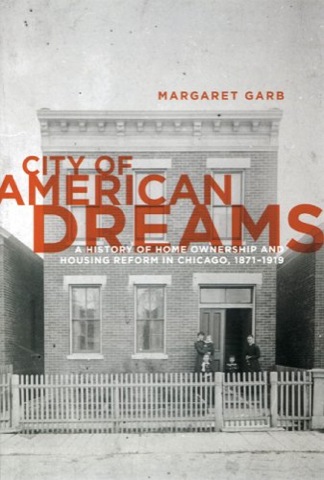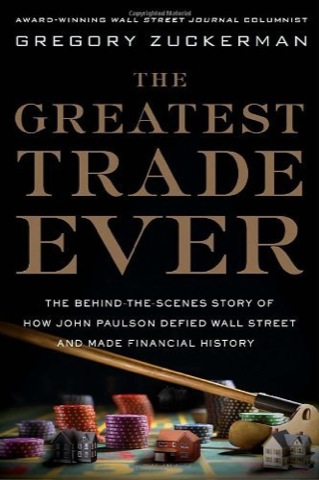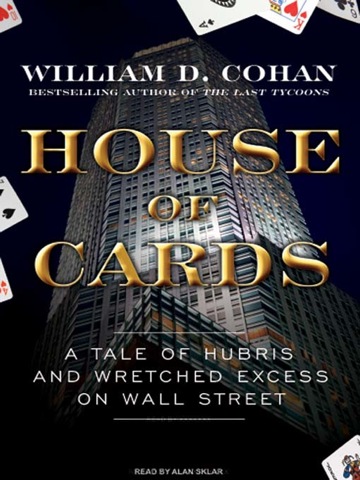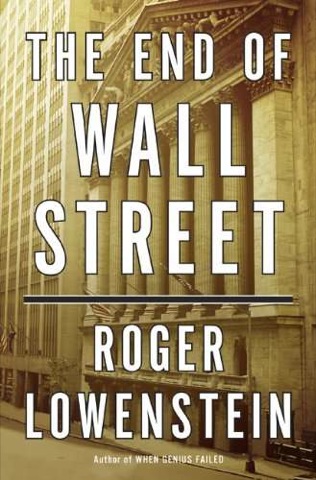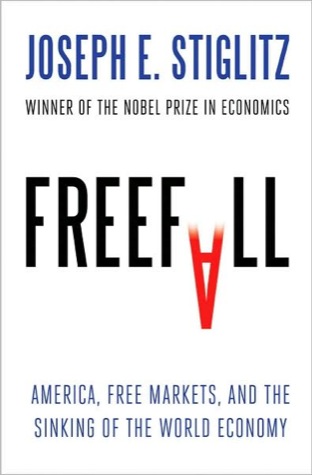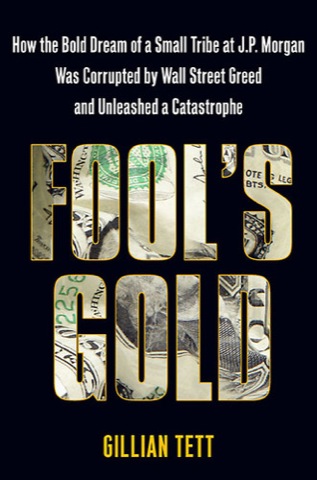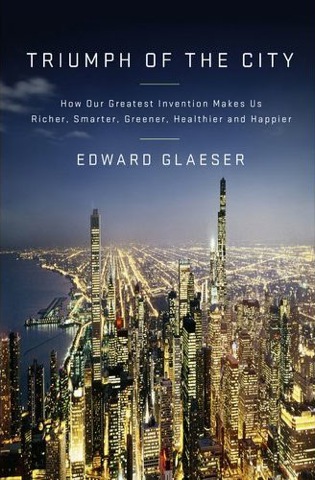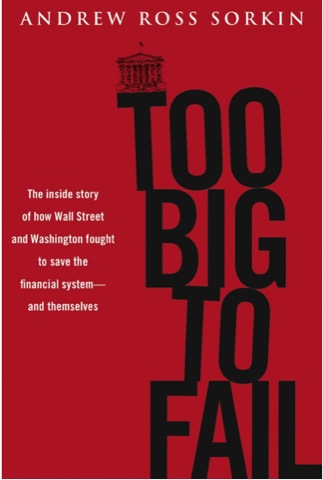A decade or so ago, an Economist senior editor named Frances Cairncross wrote a book called The Death of Distance which argued that, thanks to declining transportation and telecommunications costs, distance really doesn’t matter anymore. So it is ironic that another Economist writer, Ryan Avent, has written a new book arguing that “Distance is not dead” and proximity to other people still matters.
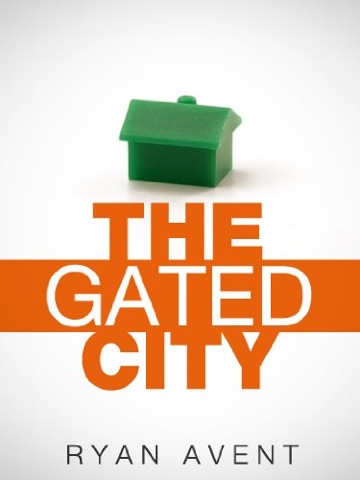
The Antiplanner previously mentioned this book, The Gated City (available only from Amazon in Kindle format for $1.99), a couple of weeks ago, but now I’ve finished reading it and can write a more detailed review.
Ryan’s book makes the following argument:
1. Denser cities are more productive
2. Due to NIMBYs, denser cities also have higher housing costs
3. Get rid of the NIMBYs, and cities will become even denser and more productive

